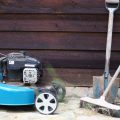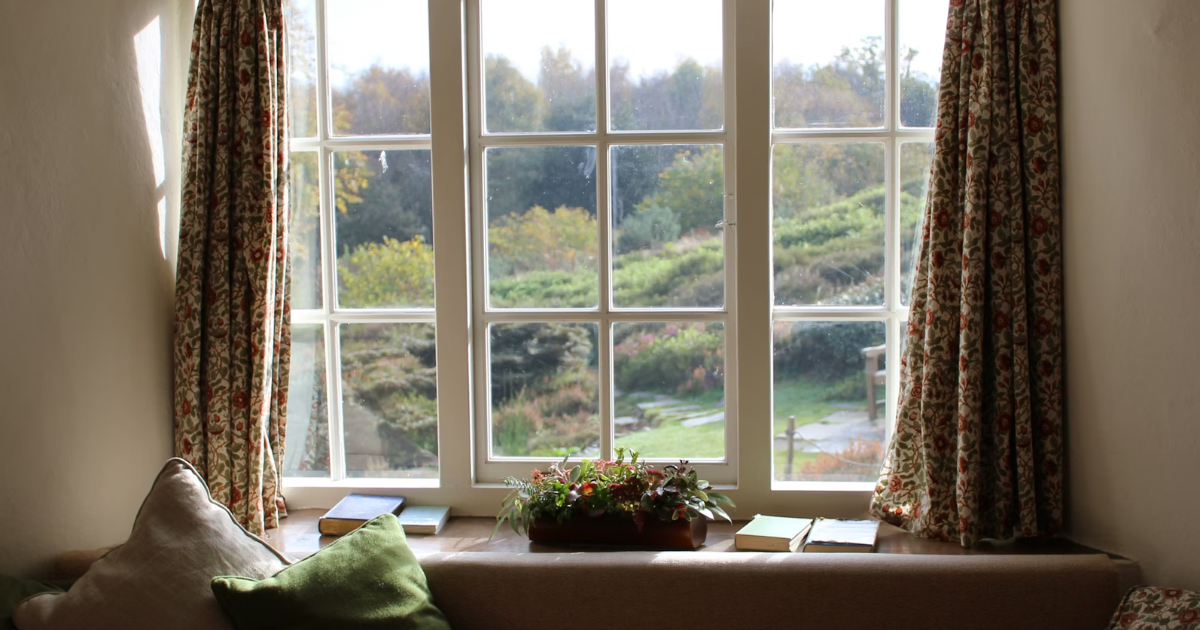Hand planes are woodworking tools that remove thin shavings from wood of all kinds, and they’re a highly underappreciated item. Just like a violin, hand planes need to be tweaked and tuned before they’ll make good things happen. But once you get the basics set up properly, a good hand plane will open a door to creativity that can bring a lot of beauty and joy to your life. I’ve used hand planes professionally and for fun for more than 40 years, and there are four simple applications where they really shine.

Razor Sharp Is Essential
The most important thing about hand planes (and woodworking chisels) is that their blade be as sharp as a new razor blade, but this task can be easier than it sounds with a honing procedure called buffing. Instead of using stones to sharpen the blade, hold the working edge against a spinning hard felt wheel on a bench grinder. The wheel is charged with a very fine abrasive that polishes the steel to a gleaming razor edge. In a minute or so, you can go from a dull edge to a keenly sharp one, even sharp enough to shave hair cleanly. In fact, that’s one of the tests I use to see if my work on the buffing wheel was sufficient.

Smoothening Rough Lumber
Feel the urge to work with wood but don’t want the noise and airborne dust of machine work? Hand planes can definitely help with that. When I began making wooden items professionally for sale when I was in high school, I wanted to use rough-sawn lumber because it was cheaper and offered more creative control. I had no planing machine to make that rough wood smooth back then, nor did I even have the space or situation for the noise and dust it would create. Once I got a century-old family heirloom hand plane sharp and adjusted, it worked wonderfully well for smoothening rough lumber for projects of all kinds. This is the way all lumber used to be planed before machines arrived, and it still works exceptionally well today. Planing lumber by hand is also great exercise.
Hand-Textured Posts, Beams and Mantels
This is one particular application of planing rough lumber by hand, and it offers benefits you can’t get any other way. Hand planes can leave behind subtle but beautiful textures, and this is especially attractive on wood surfaces that will be a regular part of your everyday life. Even if you’re working with pre-planed posts, beams and mantelpieces, planing will make them better and more interesting. Even the modern, high-end laminate flooring of today sometimes has a simulated version of this kind of hand-worked texture.

Door Adjustments
Sticky doors are a pain, especially after a few weeks of humid weather has swollen the wood to the max. All sticking doors show signs of rubbing where the door has met the door frame, and these marks show where to use your hand plane to fix the issue. You’re in luck if the areas of interference are on the latch side of the door or the top because you can plane these areas down without removing the door from the wall. You will need to remove the door to plane the bottom and also the hinge side. Excess wood on the hinge side of any door doesn’t cause it to stick, but it does make the door hard to close and likely to pop open on its own when the handle is turned.
New Hand Planes That Really Work
Typical hardware store hand planes have been low quality and barely functional for many decades, and that’s one reason a Canadian company decided to do something about the situation. Late last year, Busy Bee Tools launched a new line of high-quality hand planes at reasonable prices. I’ve used these planes extensively since they came out, and they work at least as well as my current favourite hand plane, a Bailey No. 4 plane that was used by my great-grandfather about a century ago.

When you boil it down to the basics, successful hands-on living is what happens when enthusiasm, skills, knowledge and the right kind of tools come together.
Trim Installation
Block planes are small tools designed to be used with one hand, and they’re useful for tweaking the ends of trim members for tight joints. The best kind of block plane for trim installation orients the blade at an unusually shallow angle (that’s why this tool is called a “low angle” block plane), making for cleaner and easier slicing action of the wood. When you boil it down to the basics, successful hands-on living is what happens when enthusiasm, skills, knowledge and the right kind of tools come together. Hand planes are one small example of how even simple tools can make a big difference when you know how to use them.

Easier Crown Moulding Installation
A small, sharp hand plane (called a block plane) is the ideal tool for tweaking the ends of trim members for a perfect fit, but there’s another advantage you can give yourself when it comes to installing crown moulding. Crown sits in the corner where ceilings meet walls, and this area does not always have solid wood underneath drywall everywhere you want for secure nailing.

This is where something called EZCrown (ezcrown.com) can help. Invented by a little guy working in his garage, EZCrown puts angled nailing blocks just where you need them for much easier crown installation.
Steve Maxwell and his wife Mary live on a 90-acre modern homestead on Manitoulin Island, Ontario in a stone house they built with local materials beginning in 1985. Steve is Canada’s longest-running home improvement and how-to columnist and editor of Home and Property. He divides his time working on the land, building things large and small, and creating articles and how-to videos that teach sustainable, self-reliant, hands-on living skills.













